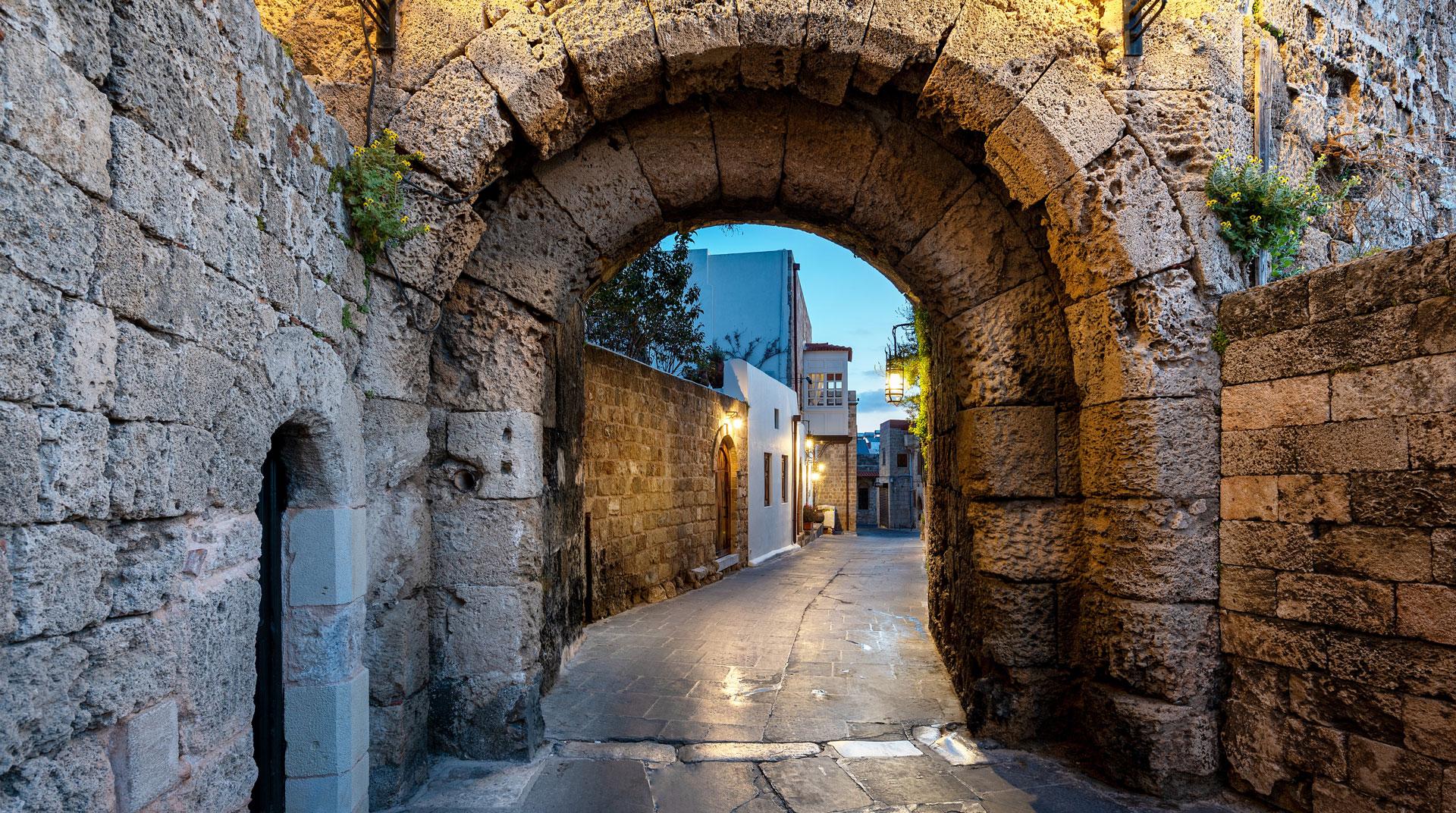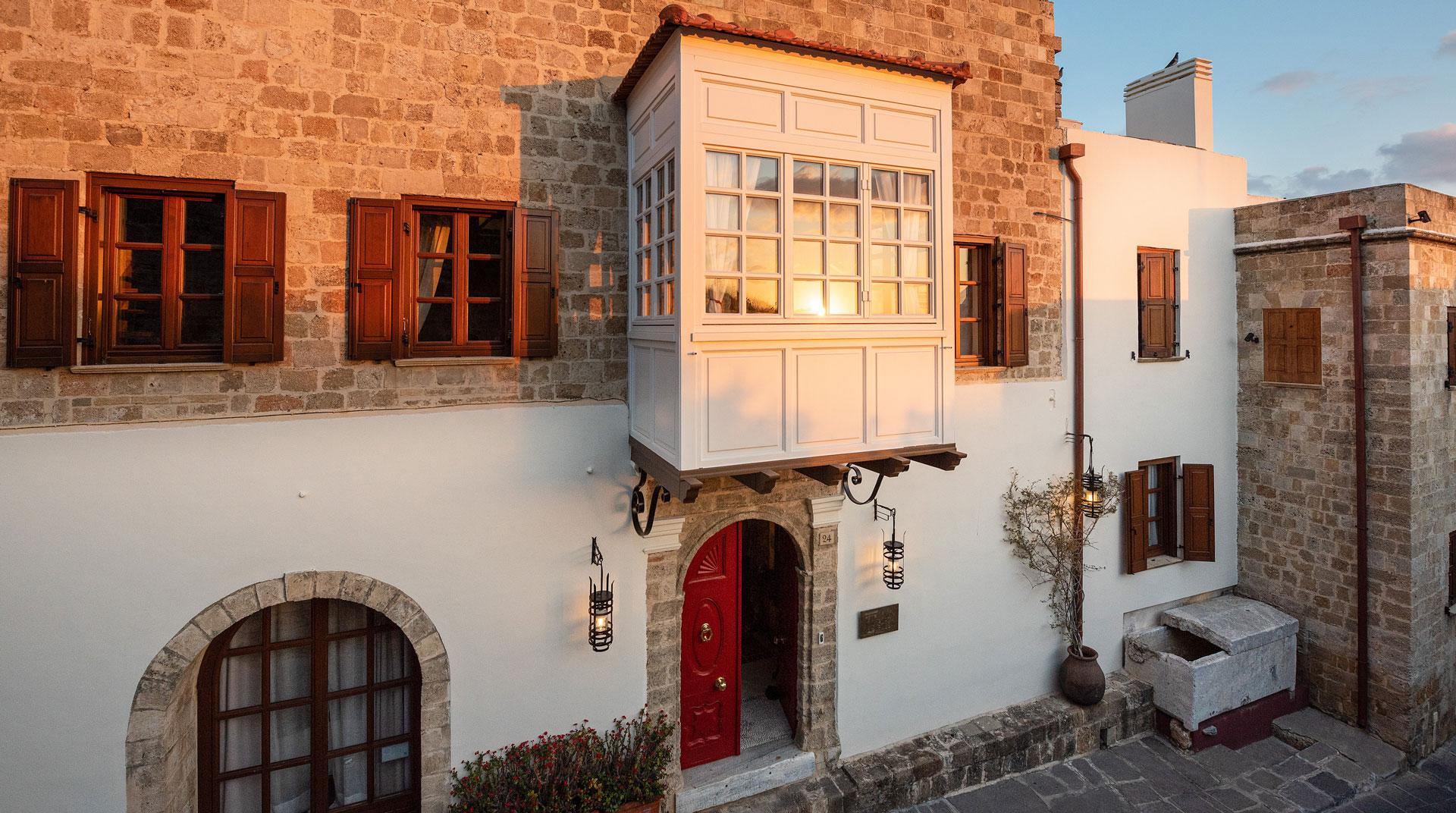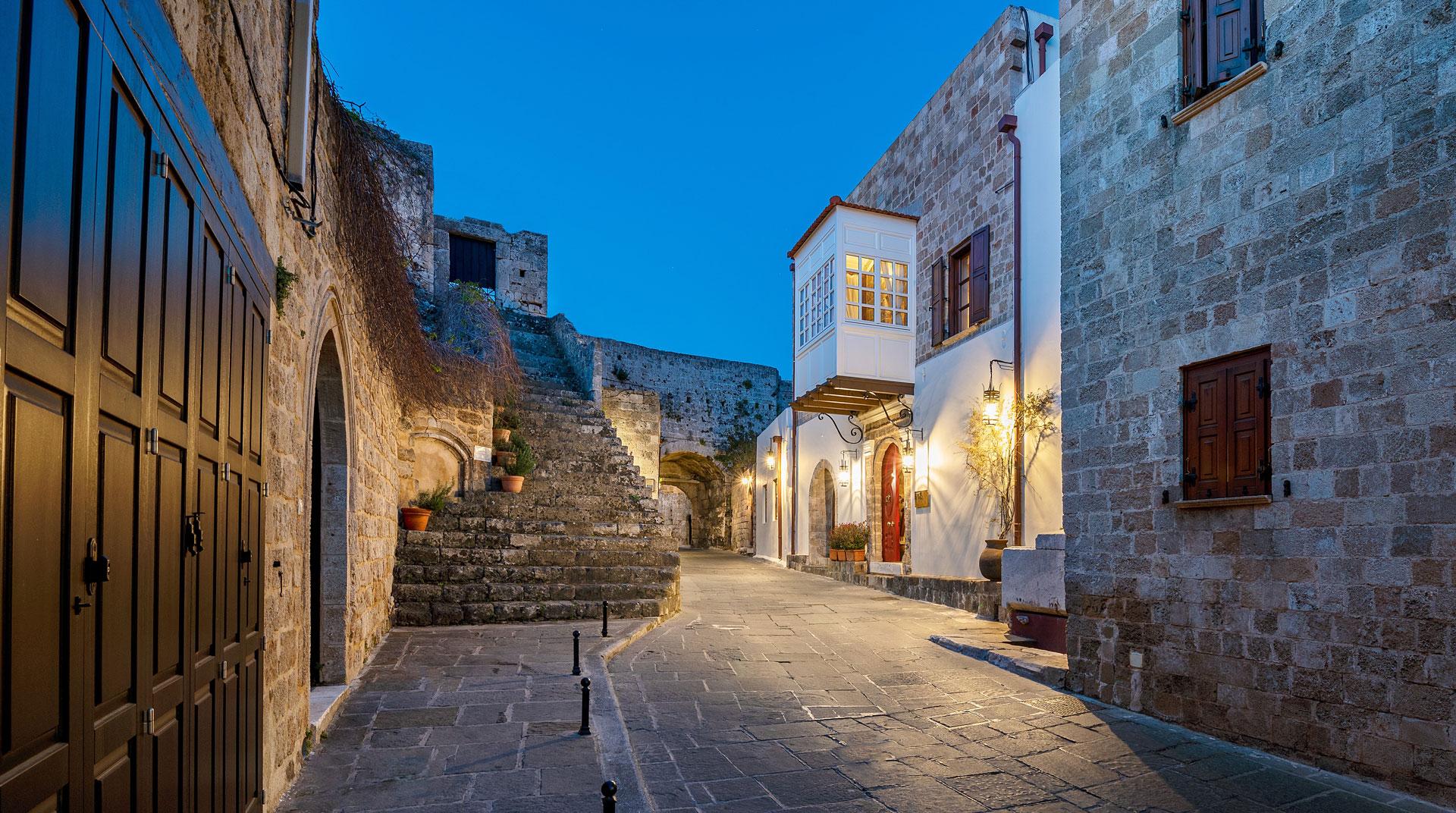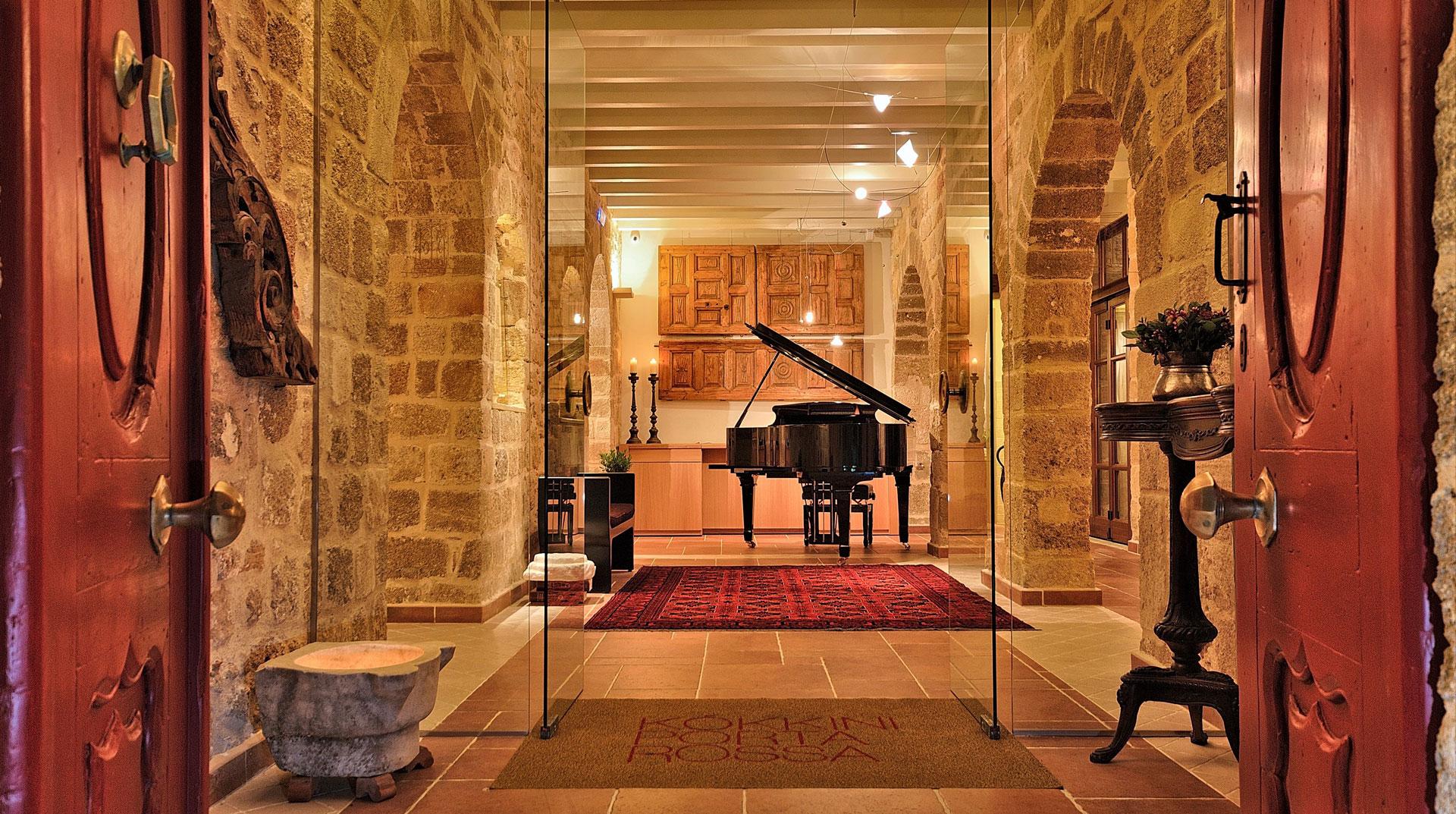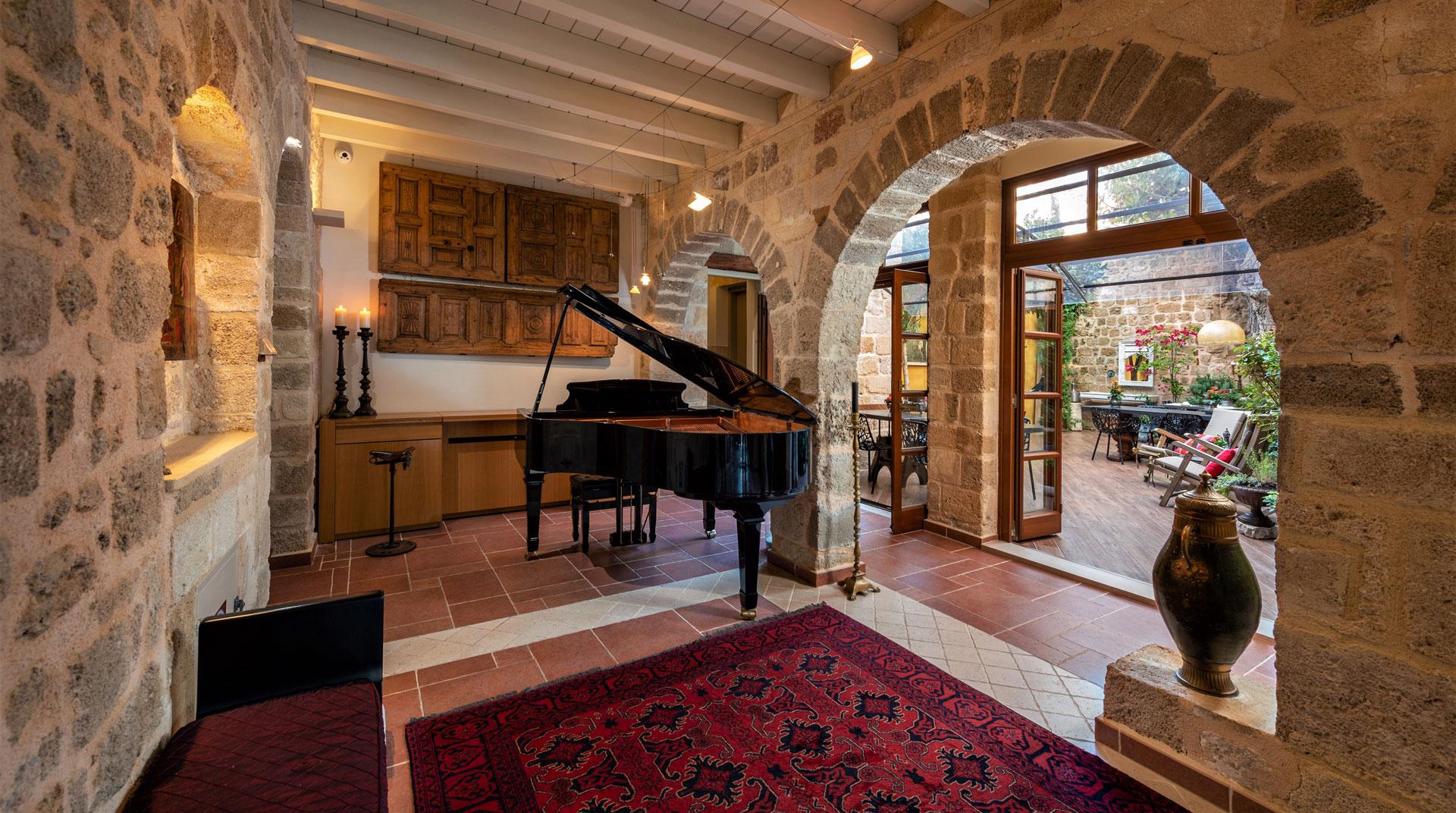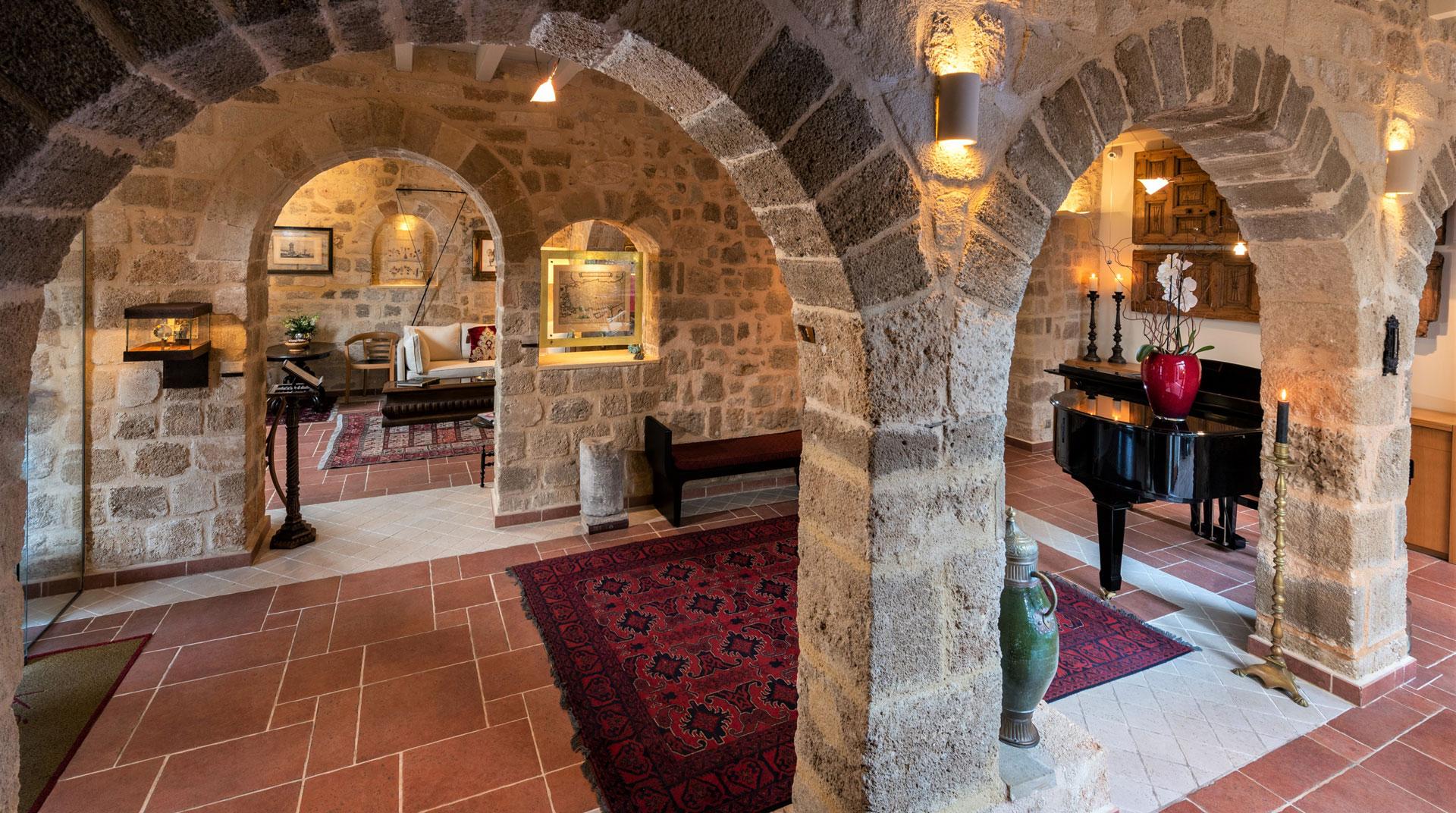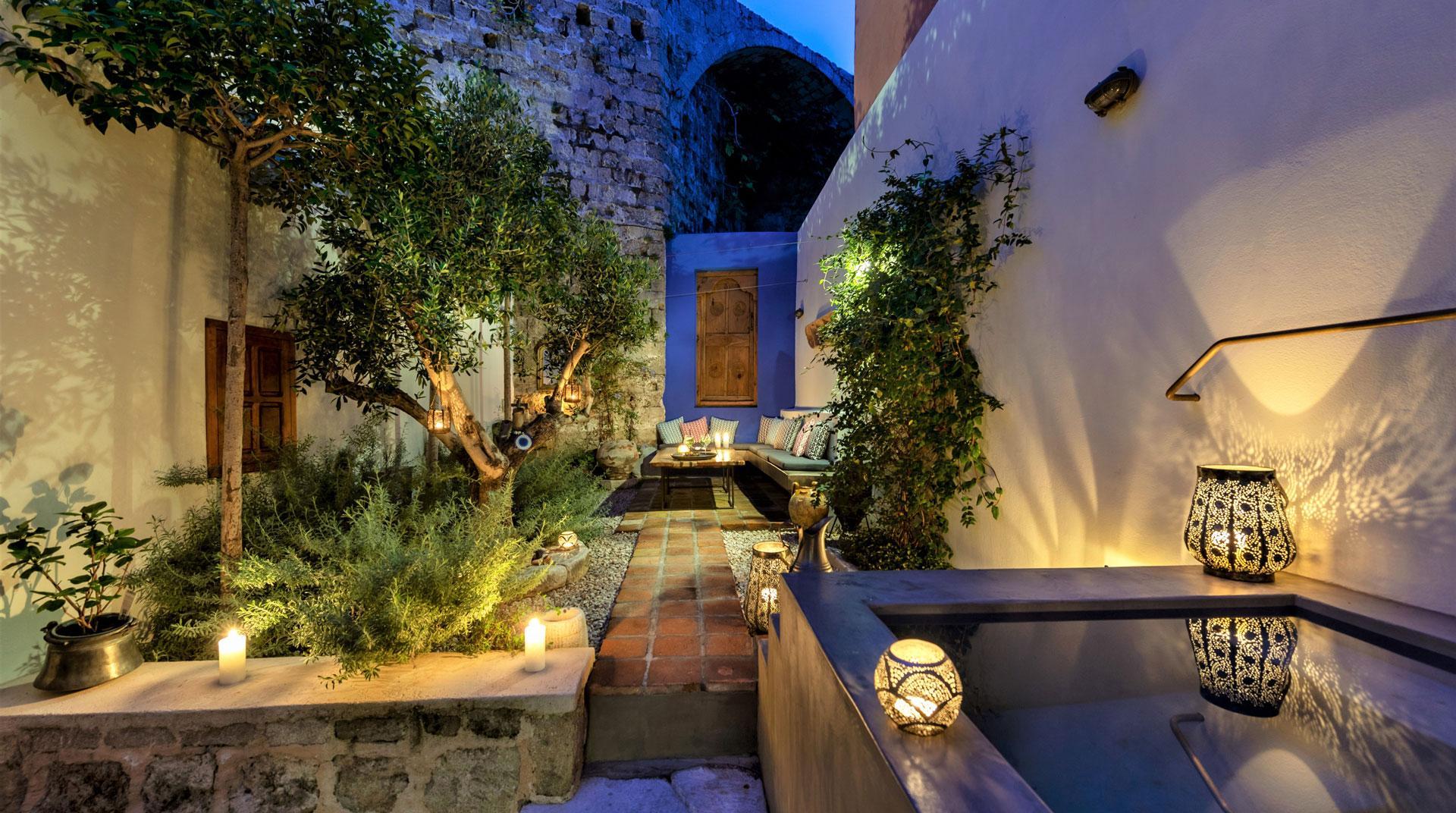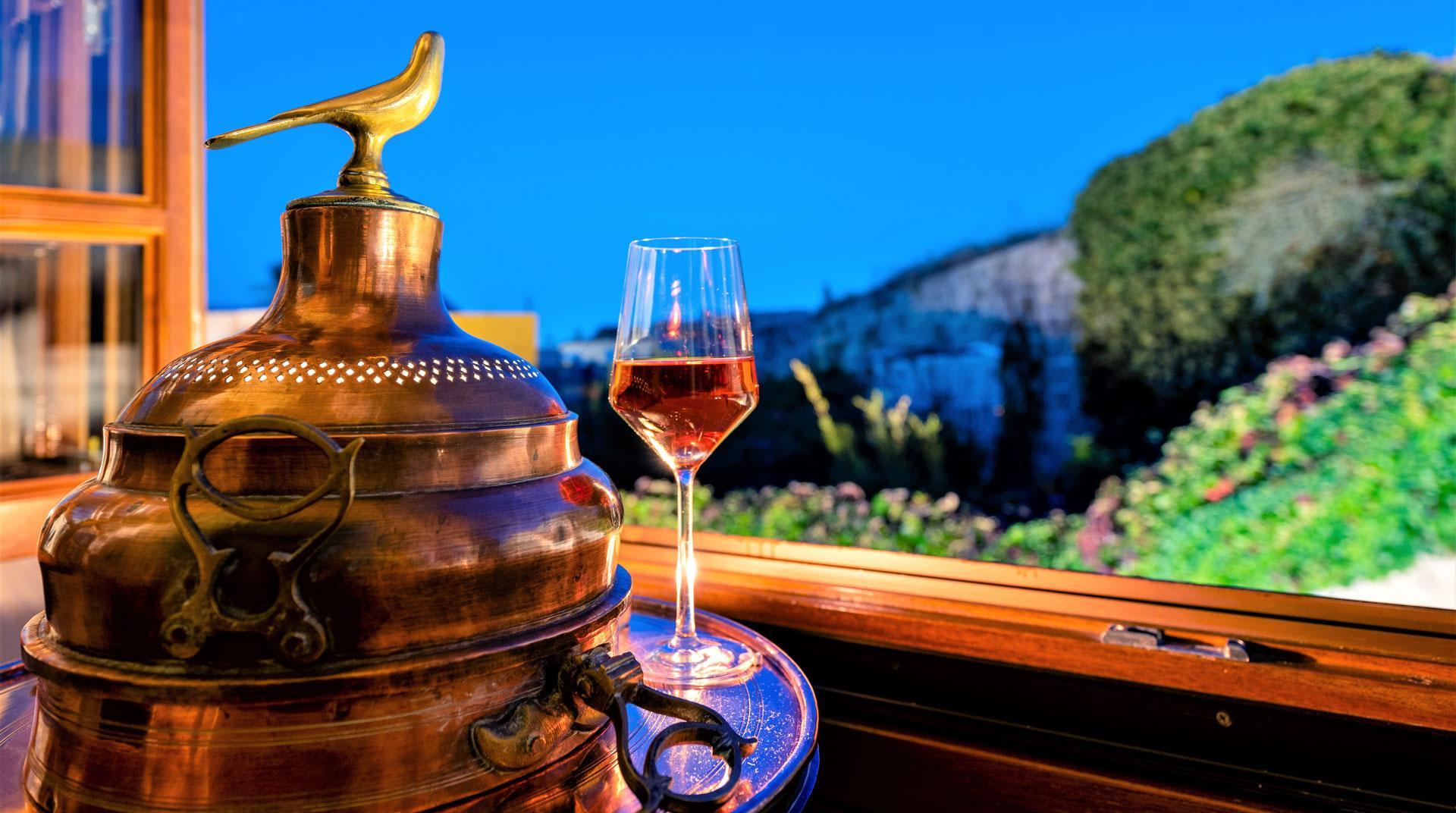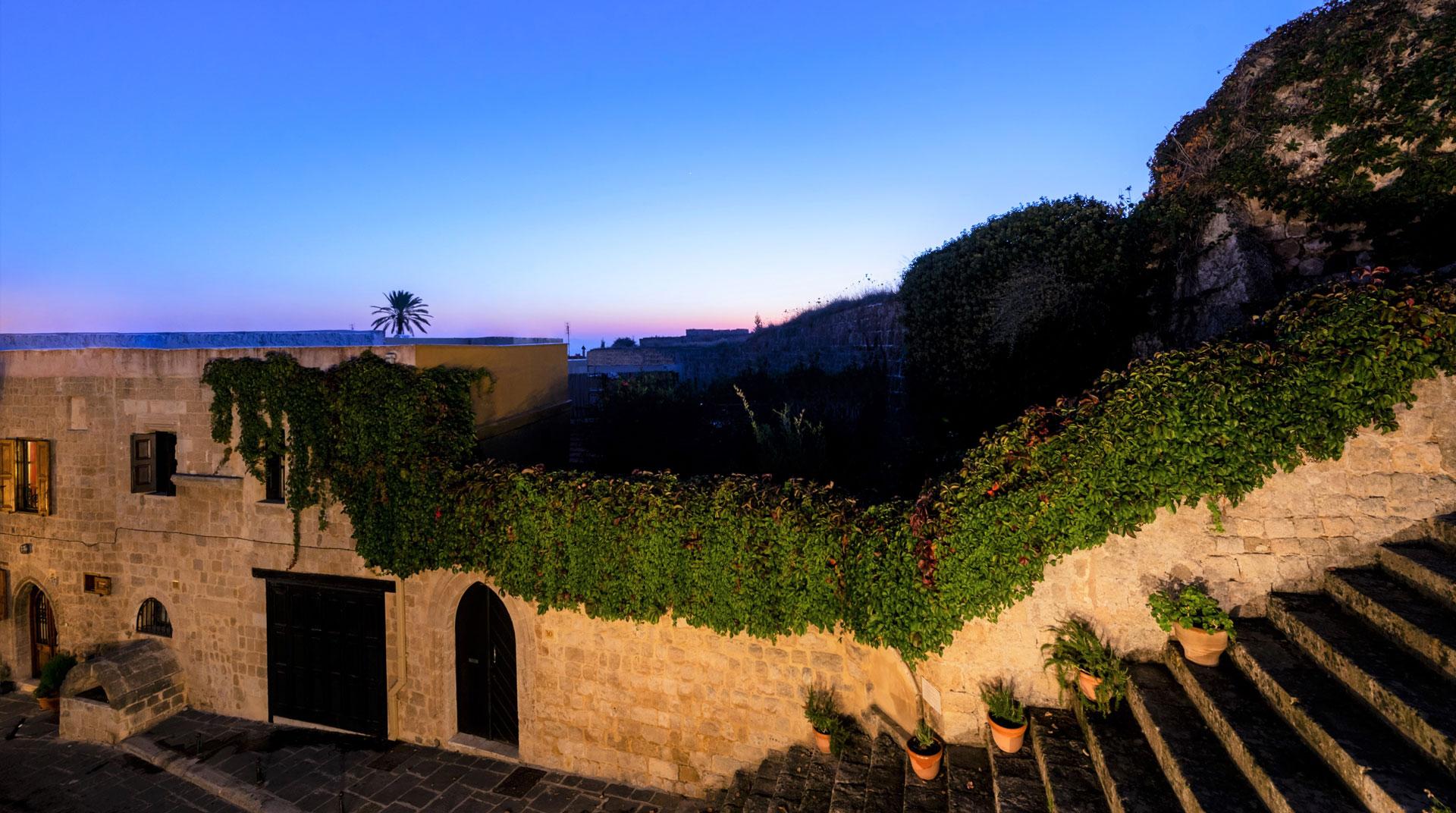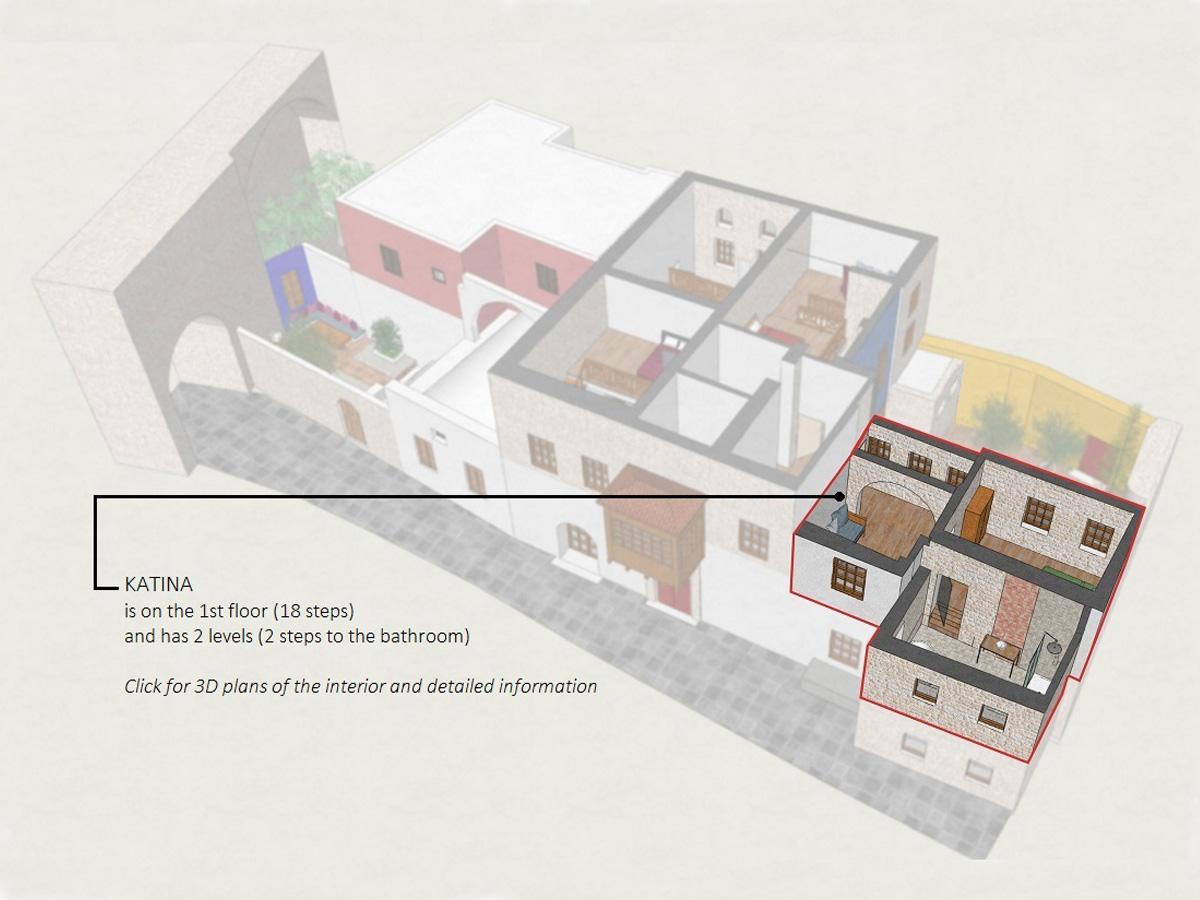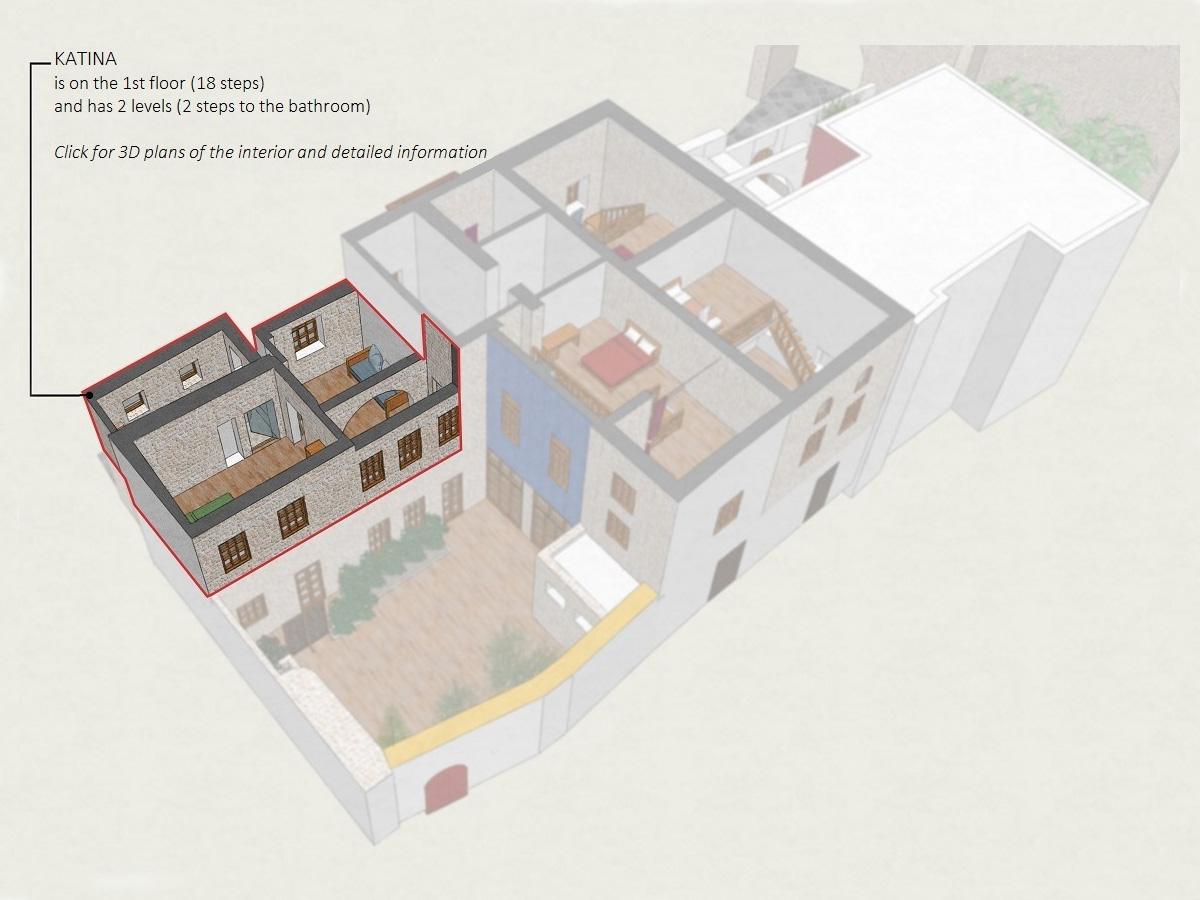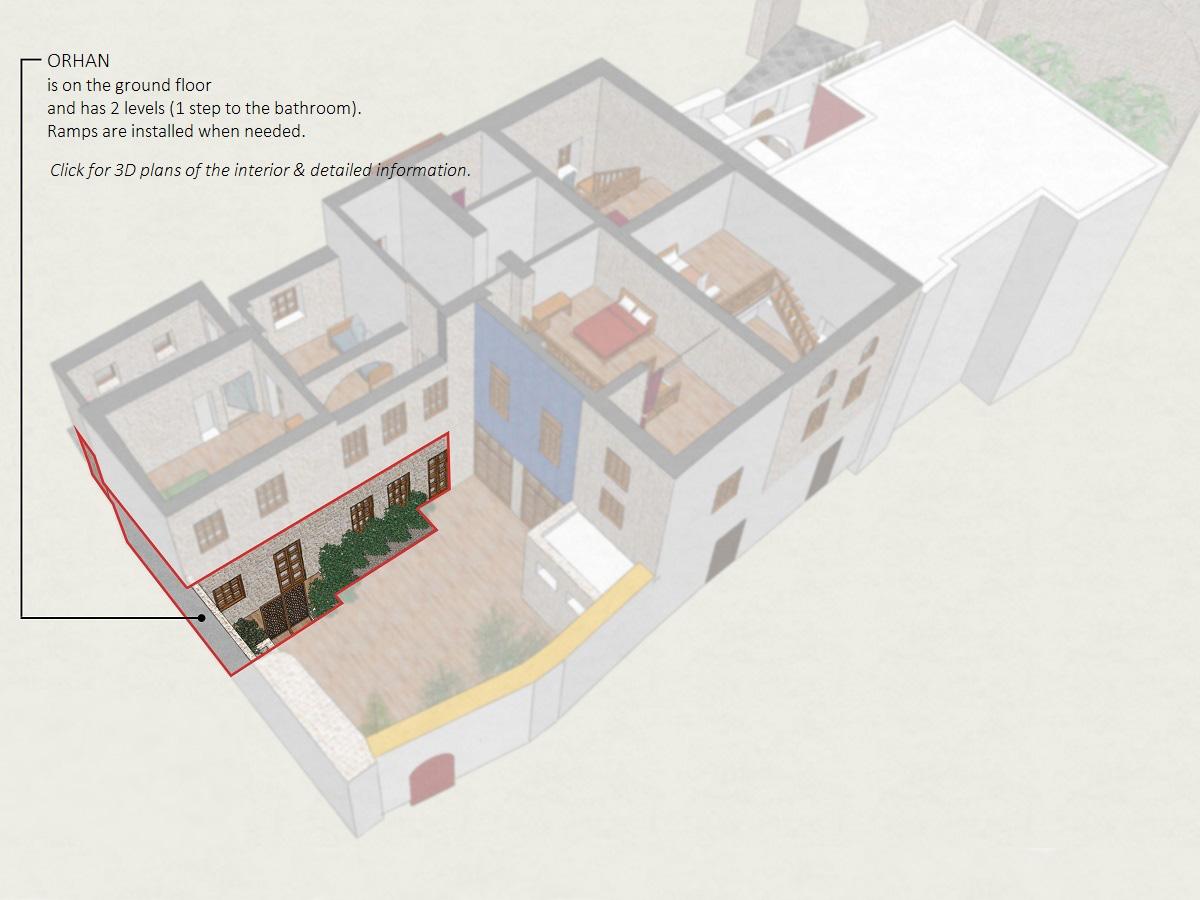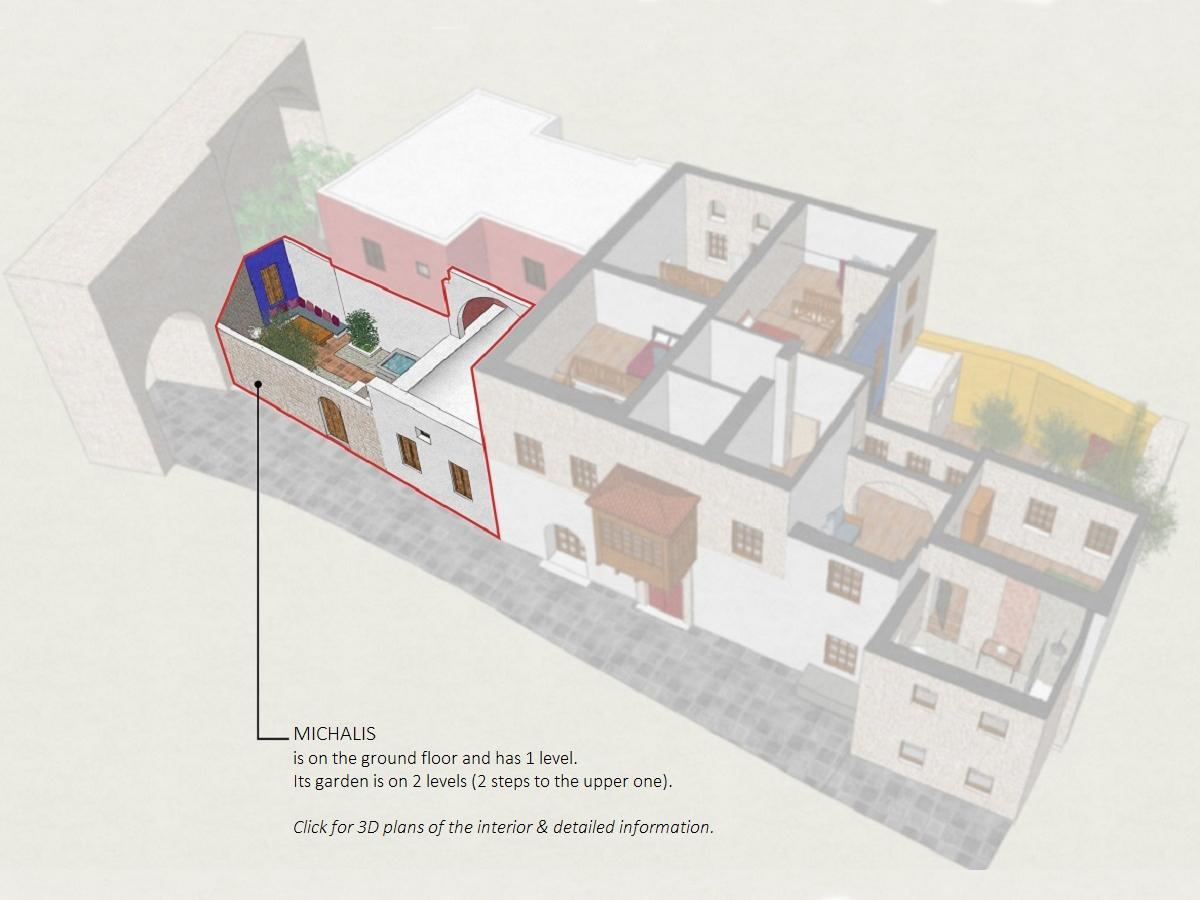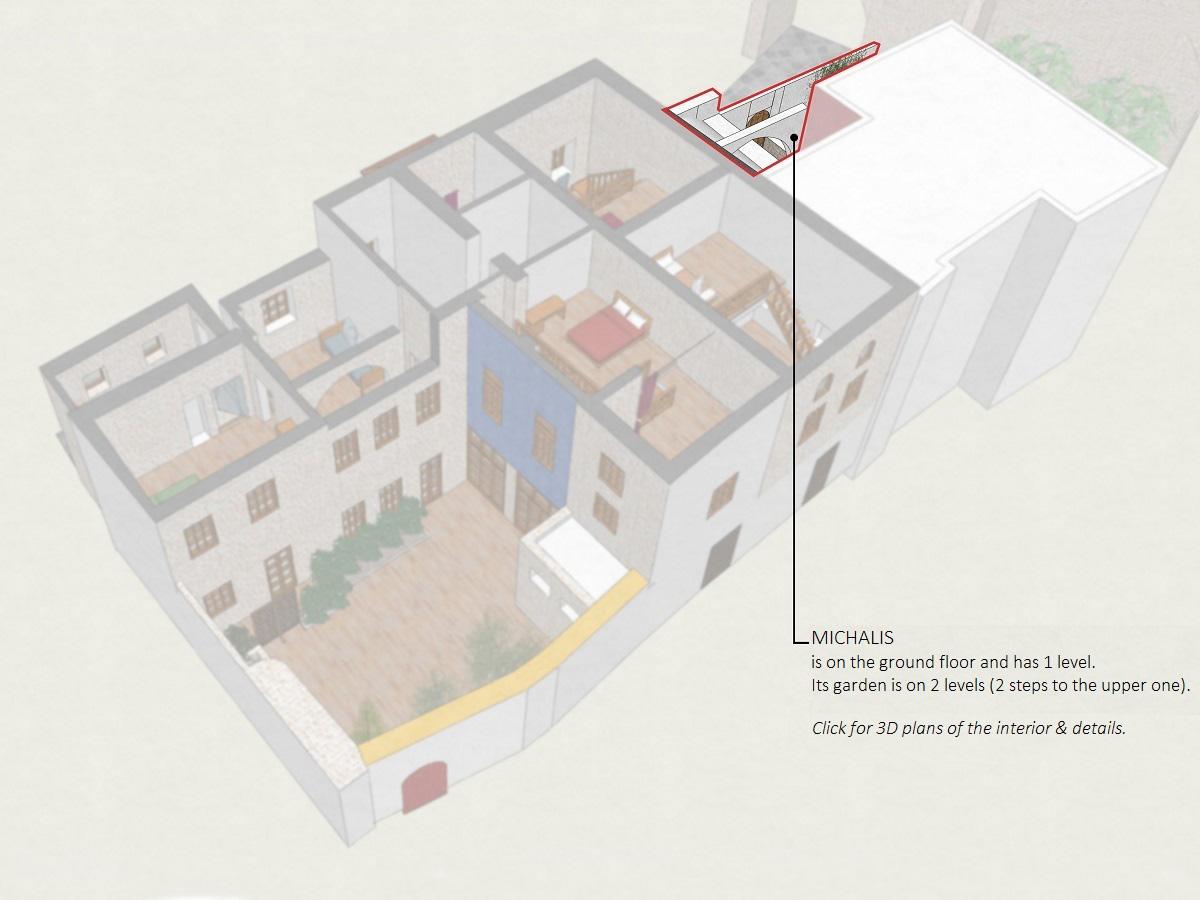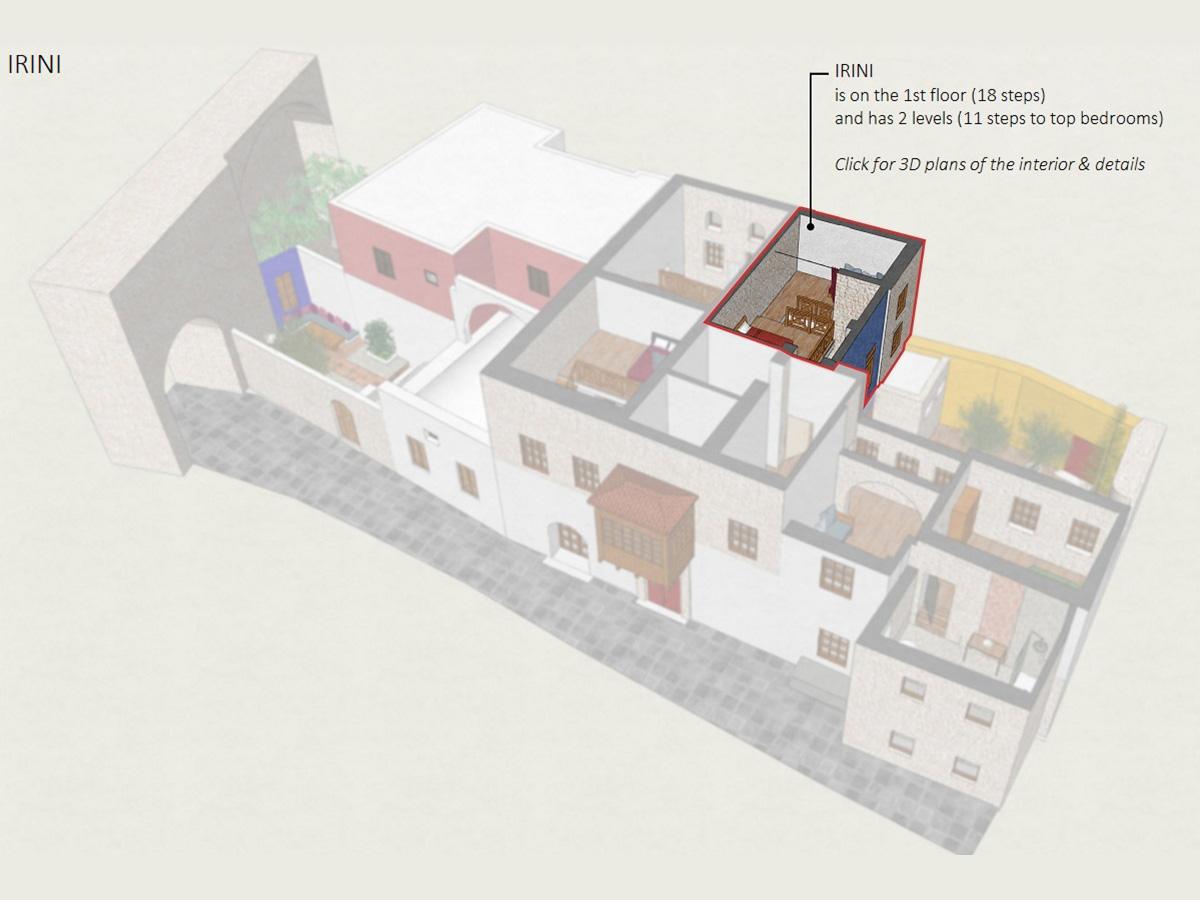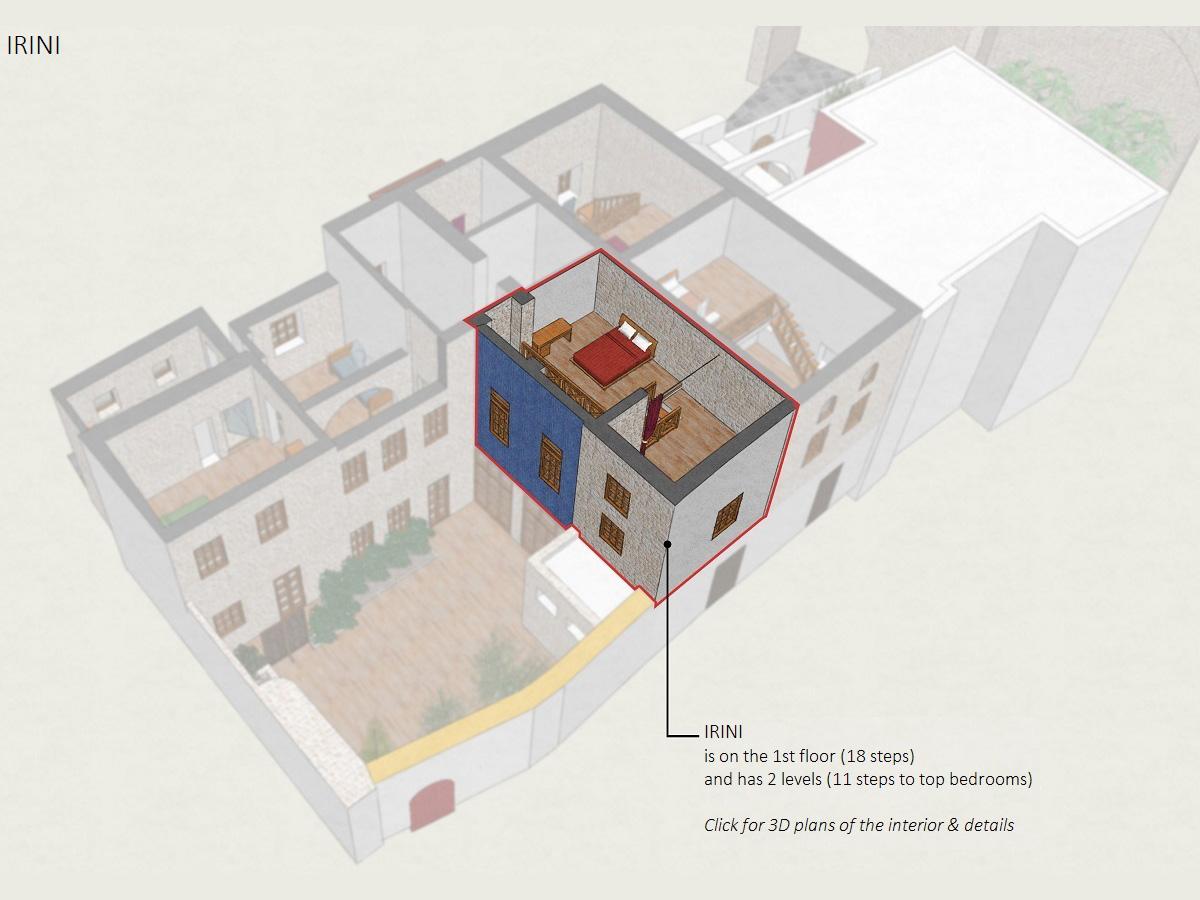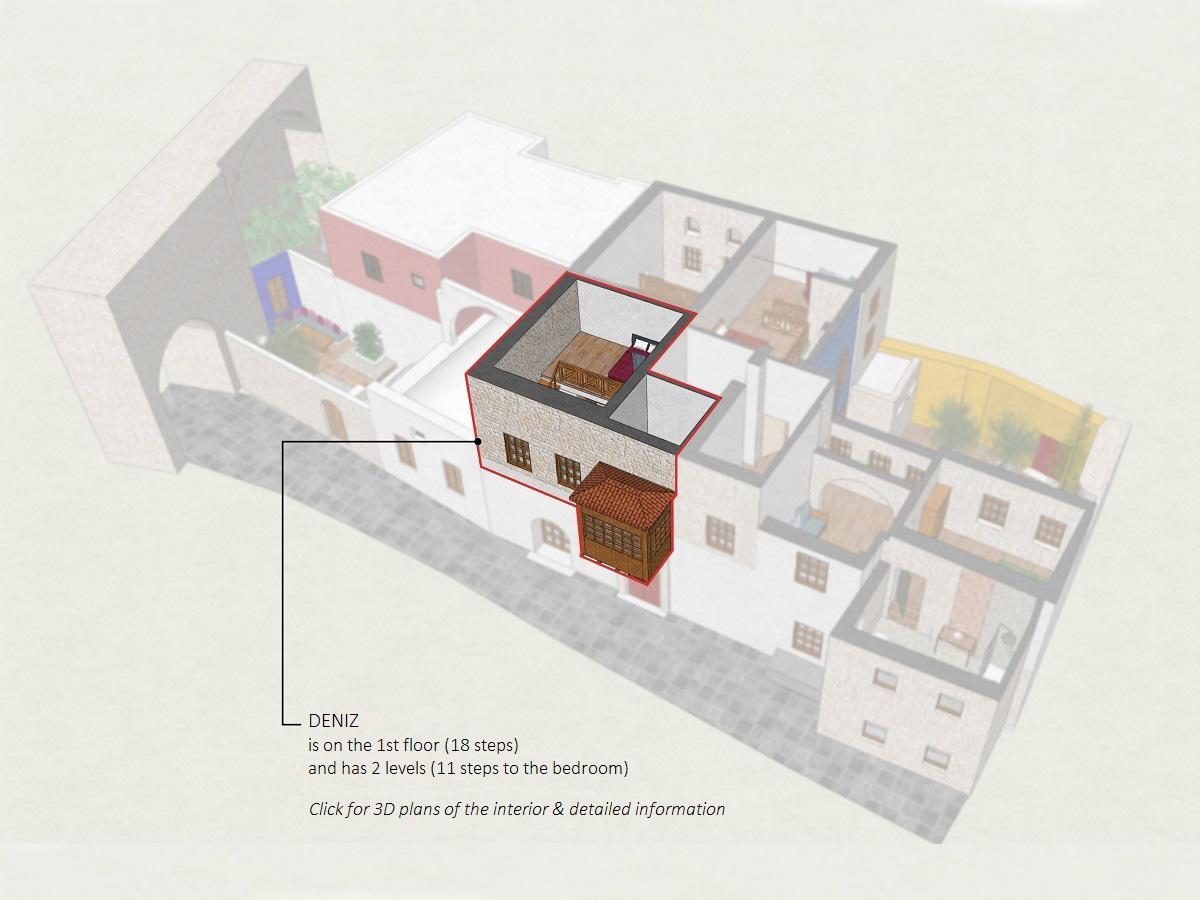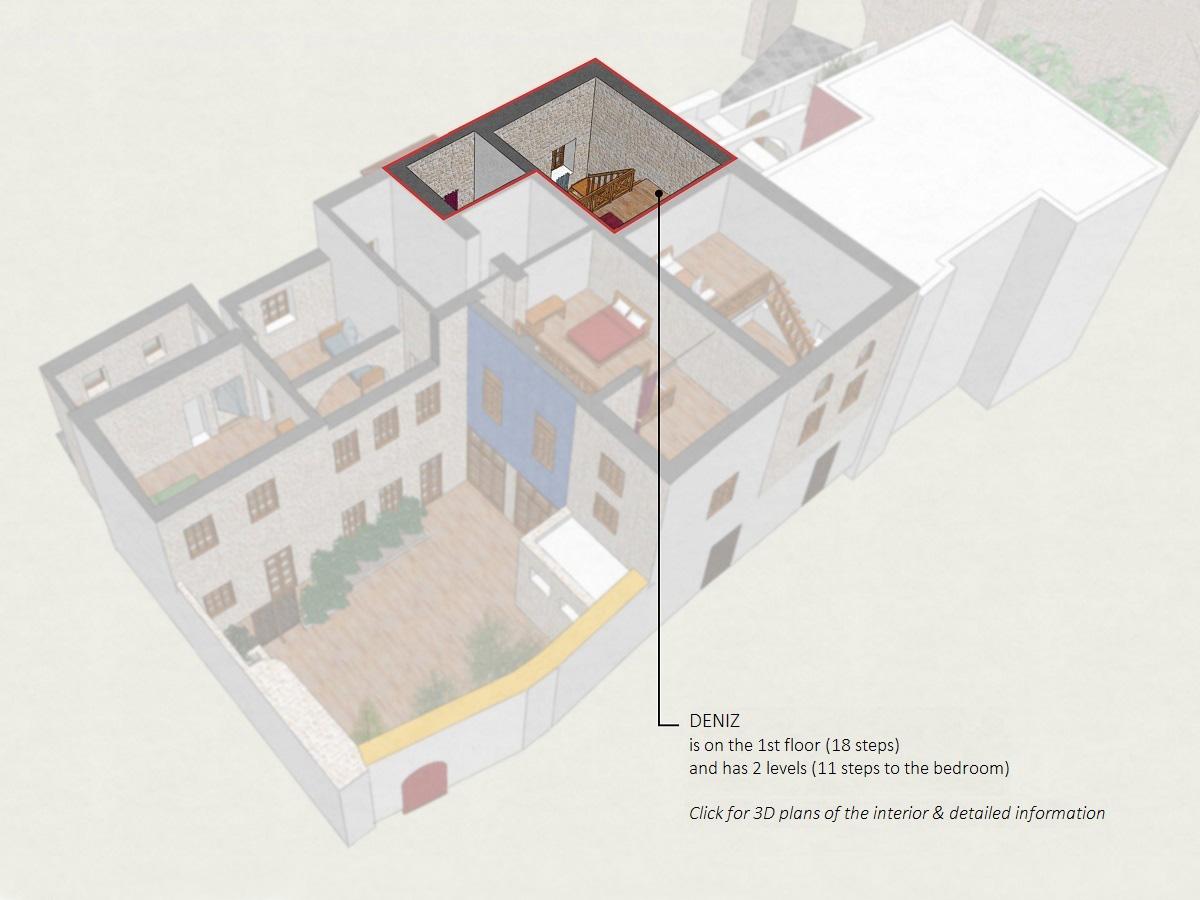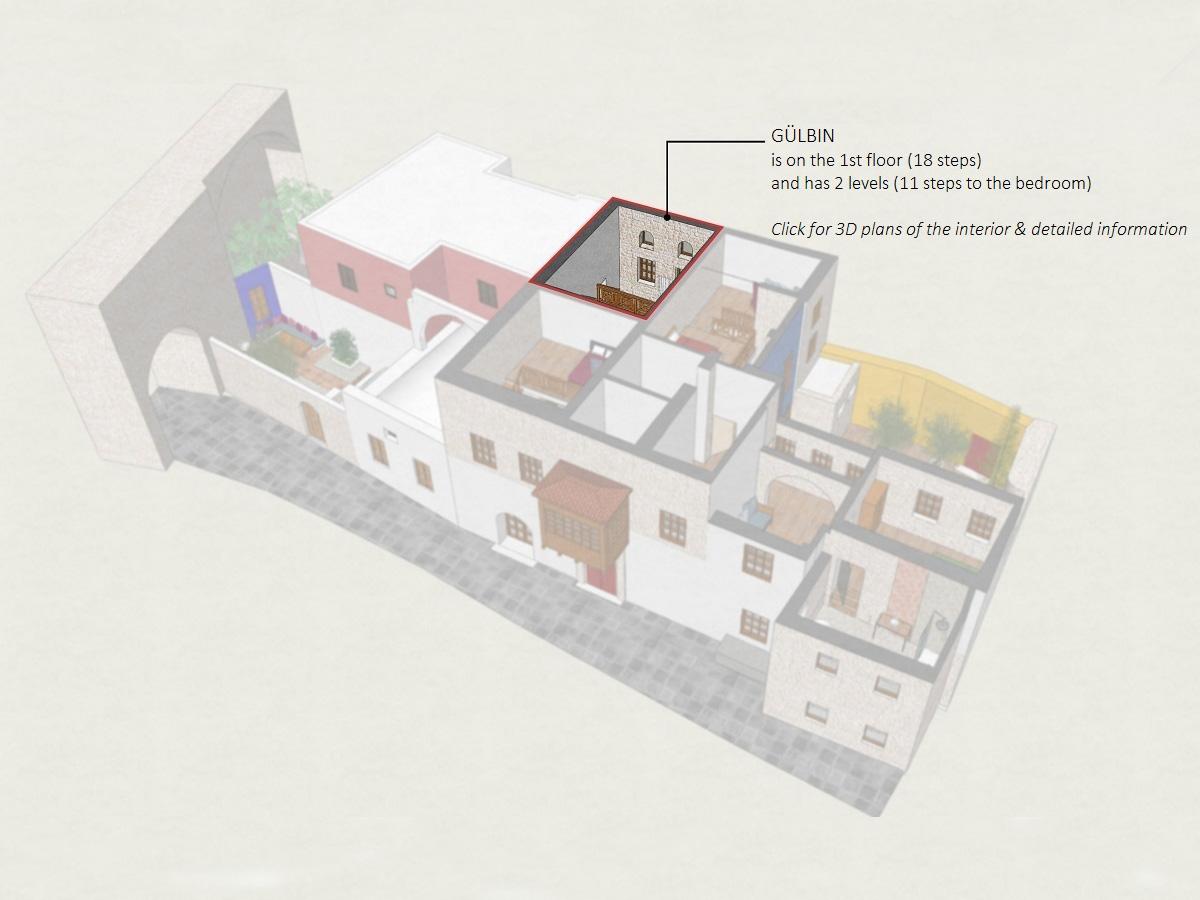Medieval Town
Its walls began being built after the earthquake of 515
They are marked by signs narrating the events that took place since.
The wall's current form and the character of the Town enclosed in it were chiselled by the Knights of St. John.
Made to abandon Jerusalem, they arrived in Rhodes in 1309 and made it their home for 200 years.
The battlements we now see, the moat, the bridges and the 11 gates are all their work.
Remarkable public buildings, three hospitals and many churches were also erected, despite the seages and the bombings.
The Town we now call Old or Medieval was created by the Knights. They used the location and the materials of the town's previous lives to add one more layer to the 4.000 years of the island's history.
When the Turks conquered Rhodes in 1522, the Knights sought a new home in Malta and the Town changed dramatically.
Minarets were built on all the churches, a necessary change for the accommodation of a new god. An addition was made to hustle of the town: the voice of the muezzin calling the faithful to prayer. Mosques and public baths were constructed.
For many years, the Greeks had to give away their homes within the walls. They were only permitted to work here and were made to leave at dusk, before the gates closed for the night.
In 1912, the walls and the Old Town were given a new lease of life: the Italians took over the reins from the Turks.
Ruined and run-down buildings were restored and space was created for the asphyxiating town to breathe.
People’s lives began to improve.
Life in the Town has been continuous and thriving for the last 1500 years. More than 5000 people live or work here today.
This hive is now protected as a UNESCO World Heritage Site.
Its narrow streets, the huge wooden doors, the sweet smells of the bazaar and the shopkeepers' smiles make for a unique experience.
A wealth of sites and museums display a turbulant and glorious past.
Yet, the Town is also proud of its today's young self, offering its visitors the joys of music, culture, food and drink.
It gives them the chance to relax in the cool courtyards of the cafés, to haggle in the busy market streets and to hold long-lasting conversations while drinking ouzo and enjoying small mezé dishes.
They are marked by signs narrating the events that took place since.
The wall's current form and the character of the Town enclosed in it were chiselled by the Knights of St. John.
Made to abandon Jerusalem, they arrived in Rhodes in 1309 and made it their home for 200 years.
The battlements we now see, the moat, the bridges and the 11 gates are all their work.
Remarkable public buildings, three hospitals and many churches were also erected, despite the seages and the bombings.
The Town we now call Old or Medieval was created by the Knights. They used the location and the materials of the town's previous lives to add one more layer to the 4.000 years of the island's history.
When the Turks conquered Rhodes in 1522, the Knights sought a new home in Malta and the Town changed dramatically.
Minarets were built on all the churches, a necessary change for the accommodation of a new god. An addition was made to hustle of the town: the voice of the muezzin calling the faithful to prayer. Mosques and public baths were constructed.
For many years, the Greeks had to give away their homes within the walls. They were only permitted to work here and were made to leave at dusk, before the gates closed for the night.
In 1912, the walls and the Old Town were given a new lease of life: the Italians took over the reins from the Turks.
Ruined and run-down buildings were restored and space was created for the asphyxiating town to breathe.
People’s lives began to improve.
Life in the Town has been continuous and thriving for the last 1500 years. More than 5000 people live or work here today.
This hive is now protected as a UNESCO World Heritage Site.
Its narrow streets, the huge wooden doors, the sweet smells of the bazaar and the shopkeepers' smiles make for a unique experience.
A wealth of sites and museums display a turbulant and glorious past.
Yet, the Town is also proud of its today's young self, offering its visitors the joys of music, culture, food and drink.
It gives them the chance to relax in the cool courtyards of the cafés, to haggle in the busy market streets and to hold long-lasting conversations while drinking ouzo and enjoying small mezé dishes.















MT1
MT2
MT3
MT4
MT5
MT6
MT7
MT8
MT9
MT10
MT11
MT12
MT14
MT15
RH1

